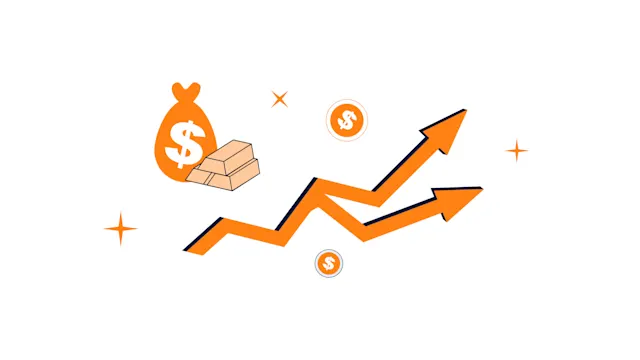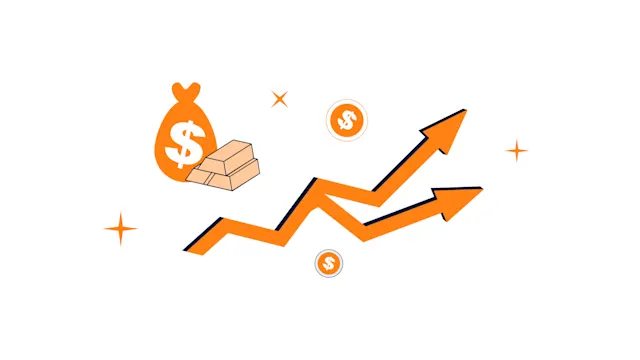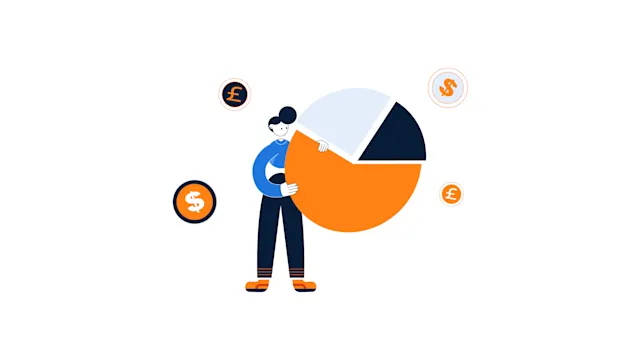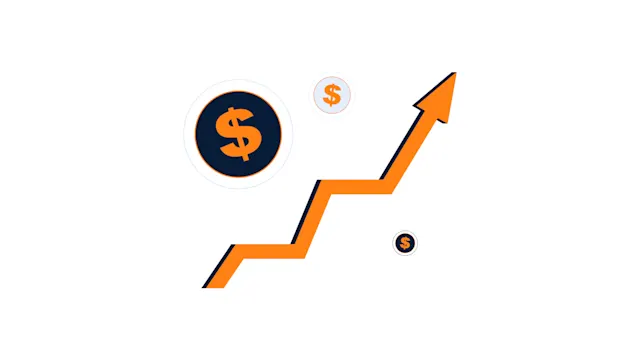
Understanding Stagflation
Stagflation is a portmanteau of the words Stagnation and inflation.
What is Stagflation?
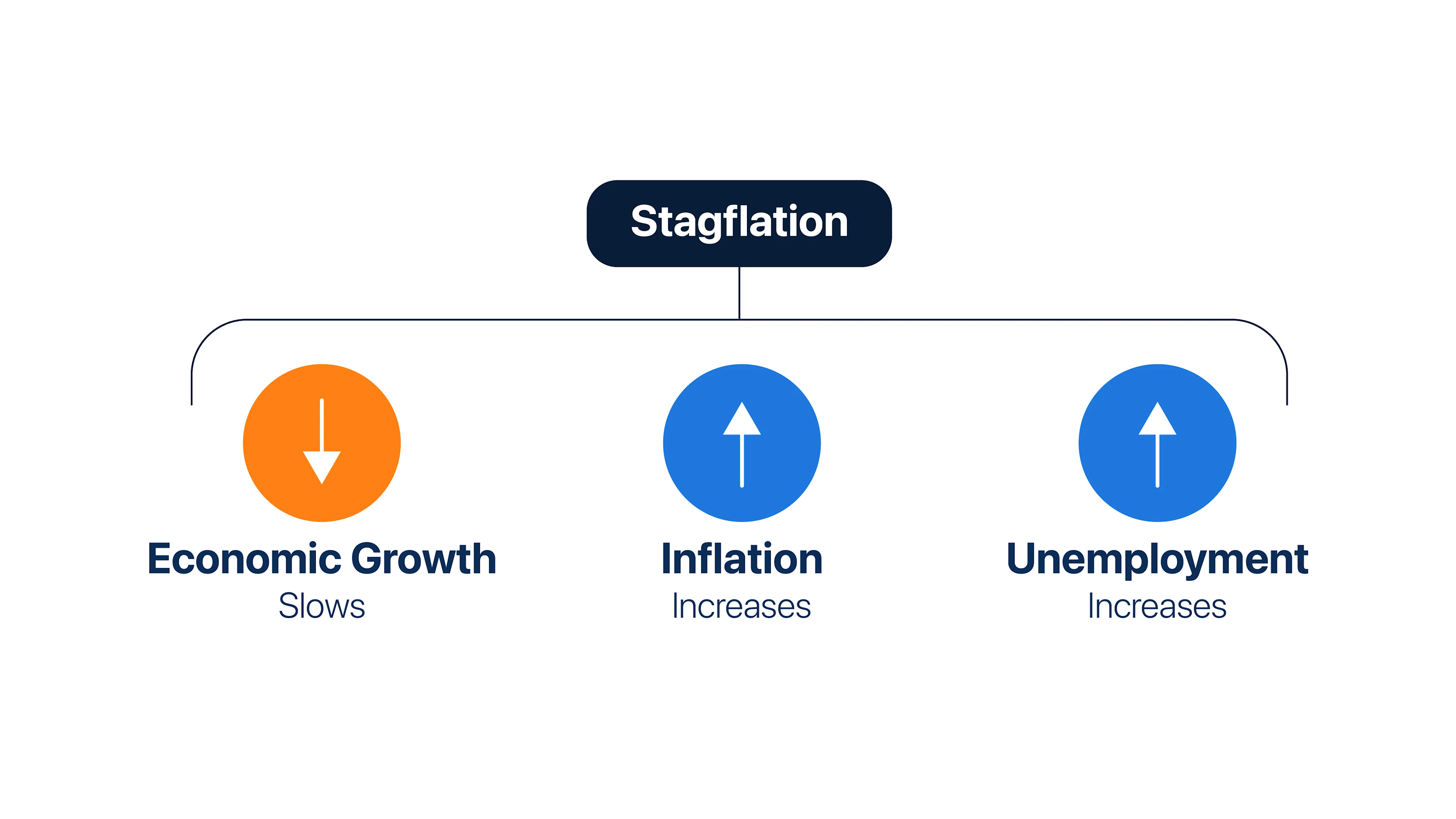
Stagflation is a portmanteau of the words Stagnation and inflation. It refers to a period in which the economy is experiencing both inflation and negative economic growth simultaneously. It can be tricky to deal with stagnation because the applicable forces of monetary and fiscal policy used to deal with inflation tend to slow down the economy (increased unemployment, declining GDP) or vice versa.
Stagflation vs. Inflation
As described above, stagflation is a combination of inflation and slowed or negative economic growth. Inflation is often defined by the increased costs of goods or devaluation of a currency’s value. Often, economic growth is stimulated during periods of inflation, but that is not the case with stagflation.
Causes of stagflation
Inflation combined with slowed economic growth causes stagflation, but what causes these two to happen simultaneously varies depending on the historical context. Moreover, different economic schools of thought have provided varying theories on the cause of stagflation. Some of these theories are explored below.
Monetary and fiscal policy: Clashing monetary and fiscal policy can lead to stagflation. For example, if the government that controls fiscal policy decides to decrease taxes, allowing citizens more disposable income. Simultaneously, if the central bank that controls monetary policy decides to increase the federal interest rate, thus discouraging lending activities, ultimately slowing down the economy. A clash of these two policies can lead to simultaneous inflation and slowed economic growth resulting in stagflation.
Abolishing the Gold standard: it can be argued that the gold standard instilled a discipline in all governments and central banks to only print money backed by hard value (gold). The introduction of fiat currencies that abolished the gold standard eradicated this discipline. It enabled central banks to print uncontrolled amounts of currency, leading to frequent periods of inflation and increasing the chances that it clashes with stagflation.
Energy prices: Energy-providing goods such as oil are relied upon in almost all markets. Therefore, a supply shock could lead to increased oil prices and the cost of production and ultimately increase the cost of goods (goods). Moreover, this could simultaneously trigger layoffs by companies to reduce costs, resulting in rising unemployment.
Stagflation and crypto-markets
A stagflation event has never happened since the inception of cryptocurrencies and the crypto-market; thus, its effects cannot be told with certainty. Although, it would be safe to assume that the crypto market will be affected like any other financial market during a stagflation period.
Bear Market: A shrinking economy tends to leave most people with less disposable income to invest with. This would encourage less investment and even withdrawal of capital from high-risk markets such as crypto markets by both retail and institutional investors.
Government measures: Given how tricky it is to deal with stagflation, it becomes even much harder to predict how the government will handle the situation. This uncertainty will likely force investors to be less risk-averse as they monitor the situation. Moreover, governments are more likely to deal with inflation first, therefore implementing policies that will inevitably slow down the economy.
Stock and Crypto Market correlation: increased institutional investment within the crypto markets has increased the correlation between the two markets. Hence, any impact historically faced by the stock markets during a stagflation period will likely apply to the crypto market due to their high correlation.
